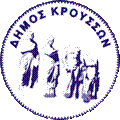
Kroussia through time.

Kroussia area, an area formed by small villages and settlements, at the foothill or throughout Mount Dysoros (Kroussia), covered in forests and flowers with the largest garden in the Balkan area, Botanic Garden, covered in green, rich flora and fauna and innumerable natural beauties, has its own place in Macedonian history.
The history of the area is interchanged with myth, legend and prehistory, namely the time when Pelasgs, Macedonians, Kritonates and Thraces were the inhabitants of the area (N.G.L. HAMMOND).
At the time when olive trees bore fruits in spring, crops of figs and grapes were abundant, when sheep walks were green and wold animals used to find shelter in the dense forests.
It was there, where lions attacked the camels of Xerxis. Then, when gold came down Dysoros from Echedoros River (french), and timber was used for drainage.
The name of Kroussia area was according to Strabon, mentioned by Mygdon’s son, Kroussios.
“By Kroussios, the son of Mygdon”. Steph. Byzantios adds, “Kroussis, part of Mygdonia”.
The founder of critical historiography, Thucydides mentions “it had a few, not a lot soldiers from a land named Krousida” (Thuc.2, 77).
It is also worth mentioning that Herodotus, the father of history, thought that: “their land has been called and still is called Kroussey” (Her. 7,123).
We have to clarify that Krousida then used to extend from Aineo Point until the city of Antigoneia.
Antigoneia owes its name to its founder Antigonos Gonatas. It was the only city betweeon Stoboi and Evropos, according to Plinius. It was located at a conspicuous place, so as to control the passage from Paionia to Macedonia.
Another important city of the era was Physka. It was inhabited, according to Thucydides (2,99,5) by a small number of Eords that were kicked out of the city of Mygdons, located on hills and extremely different from all other cities.
Another important city was Terpyllos. It was situated where it is also set today, on the hill of Saint George, according to Ptolemaist at the borders of Mygdonia. See the special link for Palatiano.
The area of Kroussia in pro-macedonian and Macedonian eras was rich in soil. According to Herodotus, at the beginning of the E’ Century, it gave one gold talent to Alexander A’ daily.
River Echedoros springing from Mount Dysoros foothills provided Philippos II and Alexander III gold and many more precious metals, such as argil and copper. Prokopios praises the water of Echedoros River.
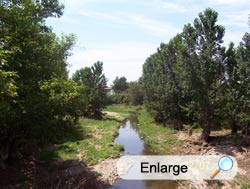
The inhabitants of Kroussia area were a tribe, likely related to pre-macedonian populations of Mygdonia. They were people inhibiting the mountains, hard and ready to fight all enemies.
Findings in Palatiano and especially the statue of young Dionysus, proves that religious customs in Grastonia or Kristonia as it was called, were similar to the Greek ones. The people of Grastonia or Kristonia supported that they were ancestors of Mygdonas’s son, Graspos.
During the Roman period, the area of Kroussia, just like the wider area of Macedonia, became pray for the Romans for two reasons. Primary was the geographical place of the area and the second one was related to natural and mineral wealth exploitation. Besides, Egnatia Street ran through Macedonia, south of Thessalonica, so as to facilitate the transportation of goods.
During the Byzantine era, people from Bulgaria inhibit the area of Kroussia as well as the wider region of Macedonia, establishing the first Bulgarian state (681-1021). Having Kroumos as their leader, and then Symeon, they destroyed Macedonia. The same followed when Samouel was their leader, until Vassilios II the Bulgarian-killer won the battle in Klidi (Sidirokastro) in 1014.
Around 1370 the Turks invaded Macedonia and established the Ottoman domination with the battle in Kossyfopedio.

Greece was under Turkish occupation for four hundred years. After that, two Balkan wars followed (1912-13). The Turks lost the first one and the Bulgarians the second one, namely when Greece and Serbia worked together against them. After the war, the area under discussion is considered Greek.
The destruction in Asia Minor in 1922 follows. All Greeks from Pontos that survived reached our area.
All survivors, refugees, carrying their open wounds and memories, arrived in Kroussia. They struggled and cultivated the land there. They worked hard and managed to produce despite the difficulties all they had to face.
Our land, became their home land.They turned their tragedy into a song, echoing in the mountains and creeks. Their only possession and fortune, their memories.

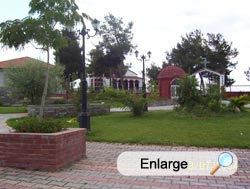
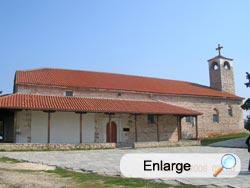
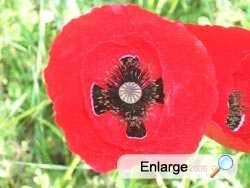

|

